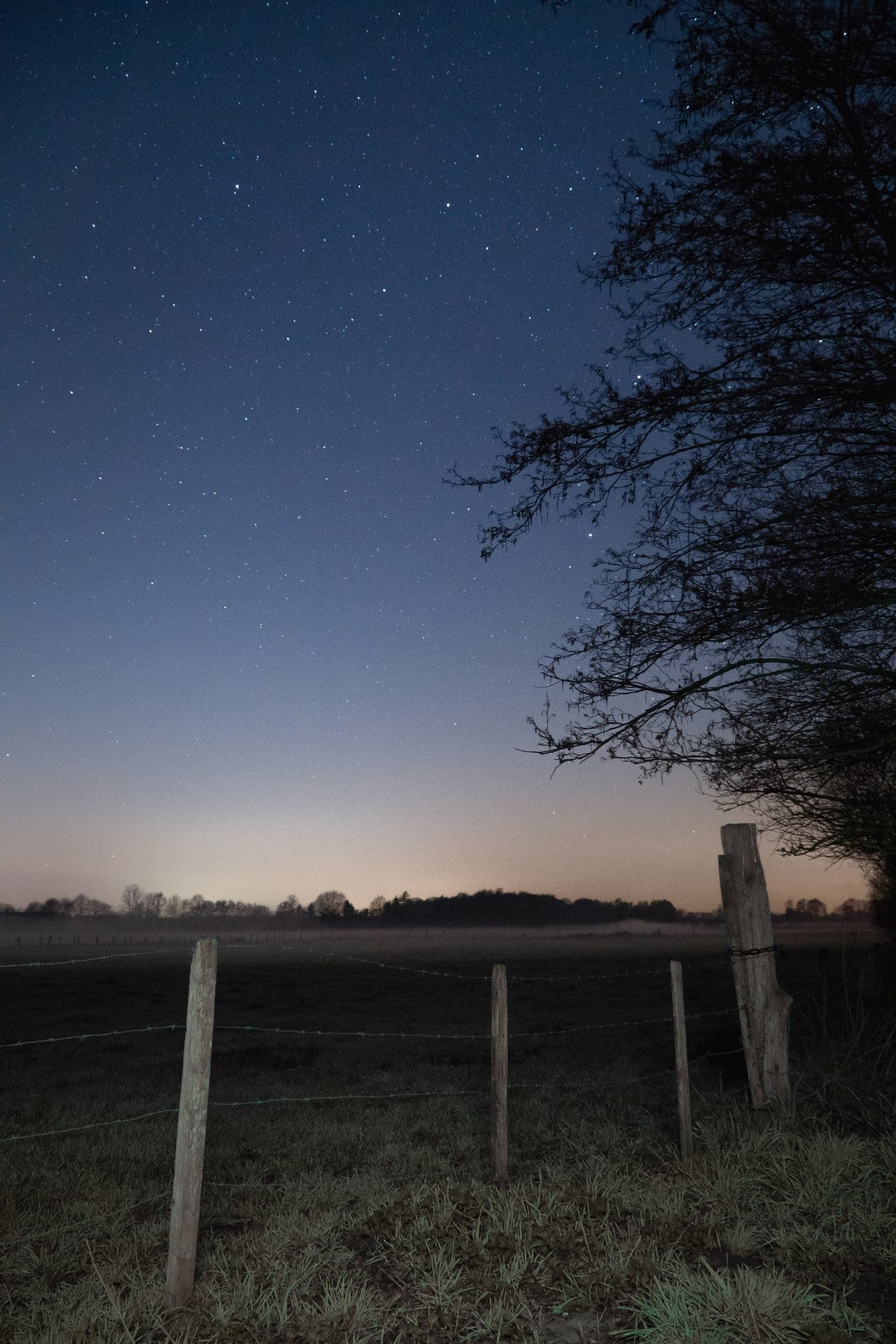August 2021 is here and with it are some of the best stargazing opportunities of the year. It is now getting darker earlier, meaning you no longer have to wait till it’s really late to spot your favourite planets and constellations! And the still-high temperatures definitely make being outdoors much more enjoyable! So…invite your friends and family – the more the merrier – and let’s go stargazing!
Here are some dates for your calendar!
Moon dates
8 August: New Moon
A moonless night of the New Moon will give you a perfect opportunity to spot many faint objects, like meteors and even artificial satellites!
15 August: First Quarter Moon
Look out for the Moon in its First Quarter Phase and then try again two weeks later, when the Moon reaches its Last Quarter phase. Can you see the difference?
22 August: Full Moon
Did you know that Full Moons have names? For example, the August Full Moon is called Sturgeon Moon, after the North American fish, Sturgeon, usually caught at this time of year.
30 August: Last Quarter Moon
Meteor Showers dates
August is the month of the meteors. The Leonid meteors, to be precise. This abundant and reliable meteor shower can produce [at its peak] up to 100 meteors every hour ! Of course, the darker the sky, the more shooting stars you can spot. So go to a dark place outside the city if you can and don’t forget to let your eyes adapt.
12 August: Perseid Meteor shower peaks
The Perseids are active from August 17 to August 26 with the strong maximum on August the 12th. The less-than-a-quarter-full Moon [or Waxing crescent Moon] will set early, providing a good conditions for meteor-spotting. Here is all you need to know about Perseid meteor shower: how to observe and where it comes from!
18 August: Kappa Cygnid Meteor shower peaks
If you have never heard of the August Kappa Cygnids before, you are not alone. This is a minor shower that even at its maximum produces only several meteors every hour. In fact, it was discovered quite by accident, while astronomers observed another August shower, the Perseids. Just as the name suggests, the radiant of Kappa Cygnids lies in the constellation Cygnus the Swan near the star Kappa Cygni. Kappa Cygni is a giant star located between the bright stars Deneb in Cygnus and Vega in Lyra.
Planet dates
August 2021 is a good time to observe planets Venus, Jupiter and Saturn. Venus can be spotted after the sunset while the gas giants are up in the sky all night long!
The special planet-gazing dates in August 2021 are…
2 August: Saturn at opposition
We say that a planet is in opposition when it is on the opposite side of the Earth than the Sun. This is usually the time when the planets look their best and the brightest!
11 August: Crescent Moon and Venus conjunction
In Astronomy, conjunction means that two celestial objects appear close together in the sky, A perfect time to try out astrophotography!
19/20 August: Jupiter at opposition
21 August: [almost Full] Moon and Saturn conjunction
22 August: Full Moon and Jupiter conjunction
Also…
Several constellations are well places for observing in August 2021. Look out for Aquila, Hercules, Corona Borealis and Ophiuchus. Don’t forget to find the Teapot – an asterism [i.e. recognizable pattern] within the constellation Sagittarius. Unlike most star patterns that look nothing like the objects they represent, the teapot actually does look the part 🍵!
If you have no idea which constellation is which in the sky, don’t worry! You can make your own planisphere – a star map with a rotating wheel that can show you which constellations are visible in the sky on any given day and time. Or use a special stargazing app to help you make sense of the night sky. Here are some brilliant Open source planetarium software and free night sky apps for stargazers! Alternatively, you can visit our planetarium show and learn about the night sky inside a giant inflatable star dome!
Happy August 2021 Stargazing!

